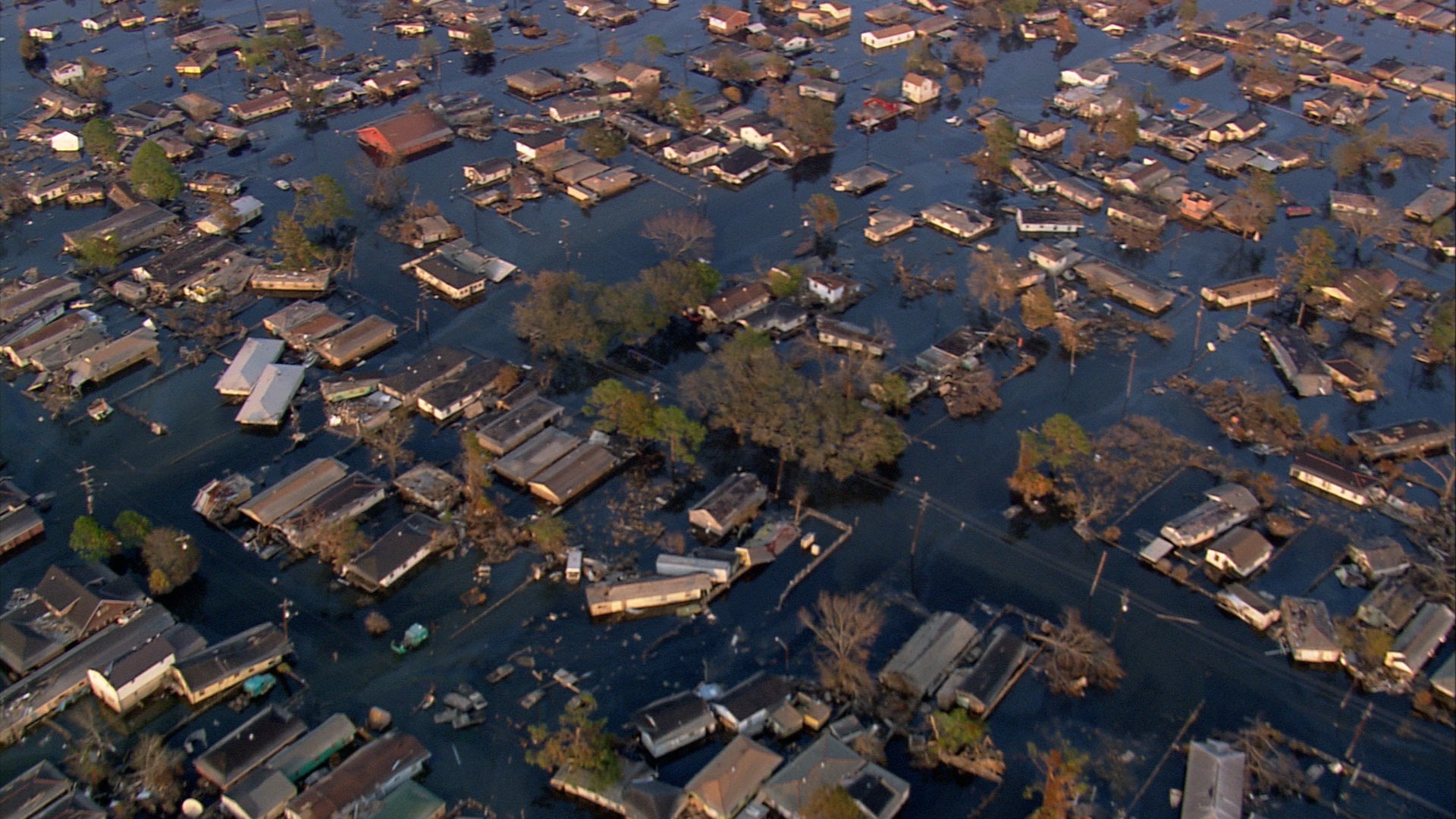Accelerating Sea Level Rise: Threats To Coastal Cities And Towns

Table of Contents
Causes of Accelerating Sea Level Rise
The acceleration of sea level rise is a complex phenomenon driven by multiple factors, primarily linked to climate change.
Thermal Expansion
Warming ocean temperatures are a major contributor to rising sea levels. As water heats up, it expands, occupying a larger volume. This thermal expansion accounts for a significant portion of observed sea level rise.
- Global warming, fueled by greenhouse gas emissions, is causing a steady increase in ocean temperatures.
- The coefficient of thermal expansion of water, while relatively small, becomes significant when considering the vast volume of the world's oceans.
- Data from the IPCC (Intergovernmental Panel on Climate Change) shows a clear correlation between rising global temperatures and increased ocean expansion.
Melting Glaciers and Ice Sheets
The melting of glaciers and ice sheets in Greenland and Antarctica is another significant driver of accelerating sea level rise. These massive ice bodies contain enormous amounts of frozen water.
- Accelerated melting rates in Greenland and Antarctica are contributing substantially to rising sea levels. Satellite data reveals significant ice mass loss in recent decades.
- The phenomenon of ice sheet instability, where melting accelerates due to feedback loops, is a serious concern.
- The release of glacial meltwater into the oceans directly adds to the overall volume of water.
Land Subsidence
In addition to the increase in ocean water volume, land subsidence plays a role in relative sea level rise. This refers to the sinking of land, making coastal areas more vulnerable to flooding.
- Groundwater extraction, a common practice for agriculture and urban water supply, can lead to land compaction and subsidence.
- Tectonic activity in certain regions can also cause land to sink.
- Sediment compaction, especially in coastal deltas, can contribute to land subsidence. Examples include coastal areas of Southeast Asia and the Mississippi River Delta.
Impacts of Accelerating Sea Level Rise on Coastal Cities and Towns
The consequences of accelerating sea level rise for coastal communities are far-reaching and devastating.
Increased Flooding
Rising sea levels exacerbate the frequency and severity of coastal flooding events. High tides, storm surges, and king tides become more extreme and damaging.
- Low-lying coastal areas are particularly vulnerable to increased flooding, leading to property damage and displacement.
- Storm surges, amplified by rising sea levels, can cause catastrophic flooding during severe weather events. Hurricane Katrina is a stark example of the devastating power of combined storm surge and sea level rise.
- King tides, exceptionally high tides that occur naturally, are becoming more frequent and intense due to rising sea levels.
Coastal Erosion
Rising sea levels significantly accelerate coastal erosion, threatening beaches, cliffs, and vital infrastructure.
- The increased energy of waves and higher water levels contribute to increased erosion rates.
- Coastal erosion leads to the loss of beaches, habitats, and valuable coastal properties.
- Seawalls and other coastal protection measures, while offering some protection, can have unintended negative environmental consequences.
Saltwater Intrusion
Rising sea levels cause saltwater to intrude into freshwater aquifers and ecosystems, contaminating drinking water supplies and harming delicate ecosystems.
- Saltwater intrusion threatens the availability of fresh drinking water, impacting human populations and agriculture.
- Coastal aquifers, vital sources of freshwater, are vulnerable to saltwater contamination.
- The intrusion of saltwater into estuaries and coastal wetlands damages sensitive ecosystems and biodiversity.
Displacement and Migration
The most profound impact of accelerating sea level rise is the potential displacement and migration of coastal populations. Millions of people living in vulnerable areas face the threat of losing their homes and livelihoods.
- Coastal relocation necessitates significant investment in infrastructure and social support systems.
- The social and economic consequences of large-scale displacement and migration can be substantial and far-reaching.
- Climate refugees, displaced by sea level rise and other climate-related disasters, pose significant challenges for international cooperation and humanitarian aid.
Mitigation and Adaptation Strategies
Addressing the challenge of accelerating sea level rise requires a multifaceted approach encompassing both mitigation and adaptation strategies.
Reducing Greenhouse Gas Emissions
The most crucial step in mitigating sea level rise is to drastically reduce greenhouse gas emissions globally.
- Transitioning to renewable energy sources, such as solar and wind power, is vital.
- Improving energy efficiency in buildings, transportation, and industry is essential.
- Investing in carbon capture and storage technologies can help remove carbon dioxide from the atmosphere.
Coastal Protection Measures
Coastal communities need to invest in strategies to protect themselves from the impacts of rising sea levels.
- Seawalls can offer some protection, but they often have negative environmental consequences and can be costly.
- Beach nourishment involves replenishing eroded beaches with sand, a relatively sustainable approach.
- Managed retreat, involving the relocation of communities away from vulnerable areas, is a challenging but potentially necessary strategy.
- Nature-based solutions, such as mangrove restoration, can provide effective and sustainable coastal protection.
Improved Planning and Management
Effective planning and management are crucial for minimizing the risks of accelerating sea level rise.
- Early warning systems are essential for alerting communities to impending threats.
- Stricter building codes and land-use planning are necessary to prevent development in high-risk areas.
- Disaster preparedness plans should incorporate strategies for evacuation and emergency response.
Conclusion
Accelerating sea level rise poses a significant and growing threat to coastal cities and towns around the world. The impacts, including increased flooding, coastal erosion, saltwater intrusion, and displacement, are already being felt. To protect our coastal communities, urgent and decisive action is required. Understanding the threats of accelerating sea level rise is crucial for protecting our coastal communities. Take action today – learn more about the issue, support initiatives combating climate change, and demand effective policies to address this urgent global challenge. We must act now to mitigate the causes of sea level rise and implement effective adaptation strategies to ensure the safety and well-being of coastal populations.

Featured Posts
-
 Nhl Recap Hills Strong Goaltending Leads Golden Knights To Win Against Blue Jackets
May 10, 2025
Nhl Recap Hills Strong Goaltending Leads Golden Knights To Win Against Blue Jackets
May 10, 2025 -
 Trump Attorney Generals Warning To Opponents They Better
May 10, 2025
Trump Attorney Generals Warning To Opponents They Better
May 10, 2025 -
 City Name Michigan A Students Guide To The Perfect College Town
May 10, 2025
City Name Michigan A Students Guide To The Perfect College Town
May 10, 2025 -
 The Undervalued Asset How Middle Managers Contribute To Business Success And Employee Development
May 10, 2025
The Undervalued Asset How Middle Managers Contribute To Business Success And Employee Development
May 10, 2025 -
 Unlocking The Nyt Strands Puzzle April 9 2025 Walkthrough
May 10, 2025
Unlocking The Nyt Strands Puzzle April 9 2025 Walkthrough
May 10, 2025
